The Pioneer DJ XDJ-XZ Review and Guide
It’s been a little while since Pioneer DJ updated the RX family of players. The all in one device that provides home users with the feel of a club set up and the functionality of a controller have been unbelievably popular. With the XDJ-RX2 a firm fan favourite. However, it wasn’t just home users that were lapping up the XDJ-RX2. With this all in one unit showing up in bars and clubs too. All the Rekordbox USB functionality that professional DJ’s require in a package much cheaper than a DJM/CDJ set up. It’s not hard to see why operators started to use the unit in more professional settings. However the RX2 was never designed for use in more professional settings, it lacked full-size jog wheels, a proper standalone mixer mode and connectivity with third-party software. The stage was then set for an all in one console with a four-channel mixer, standalone effects, professional mic controls and full-sized jog wheels. Enter the XDJ-XZ, the latest all in one unit that aims to bridge the gap between the CDJ and XDJ families.
The Key Facts About the Pioneer DJ XDJ-XZ
- Four-channel mixer with DJM style effects unit
- Two internal channels for playback of Rekordbox USB’s
- 7” Touchscreen to control and display information from internal channels and externally linked CDJ’s
- Two Professional Mic channels with three-band EQ and Anti Feedback
- Professional Sound Quality with a three-band EQ on Master Channel
- Full-size mechanical jog wheels with internal colour LCD screens
- 16 RGB Performance Pads
- Compatible with Rekordbox Performance mode, Rekordbox Link Export and Serato DJ (coming 2020)
- RRP £1899/$2299/€2199
Is this a four-channel XDJ-RX2?
Let’s get the burning question out of the way first! Since Pioneer DJ released the original XDJ-RX back in 2015, everyone has been crying out for a four-channel version. The demand intensified when rivals Denon DJ released the Prime 4 player early last year. So does the XDJ-XZ answer everyone’s four-deck dreams? No, not quite! The XDJ-XZ does feature a four-channel mixer, but the third and four channels are for external devices only.
You can plug turntables, CDJ’s or computer into these channels but you can’t use the internal hardware to mix dual layers like you can on the Prime 4. Many users will be disappointed with this choice, but it’s worth remembering that the XDJ-XZ is not aimed at home use. It’s a professional all-in-one solution, aimed at taking centre stage in a local bar’s DJ booth.
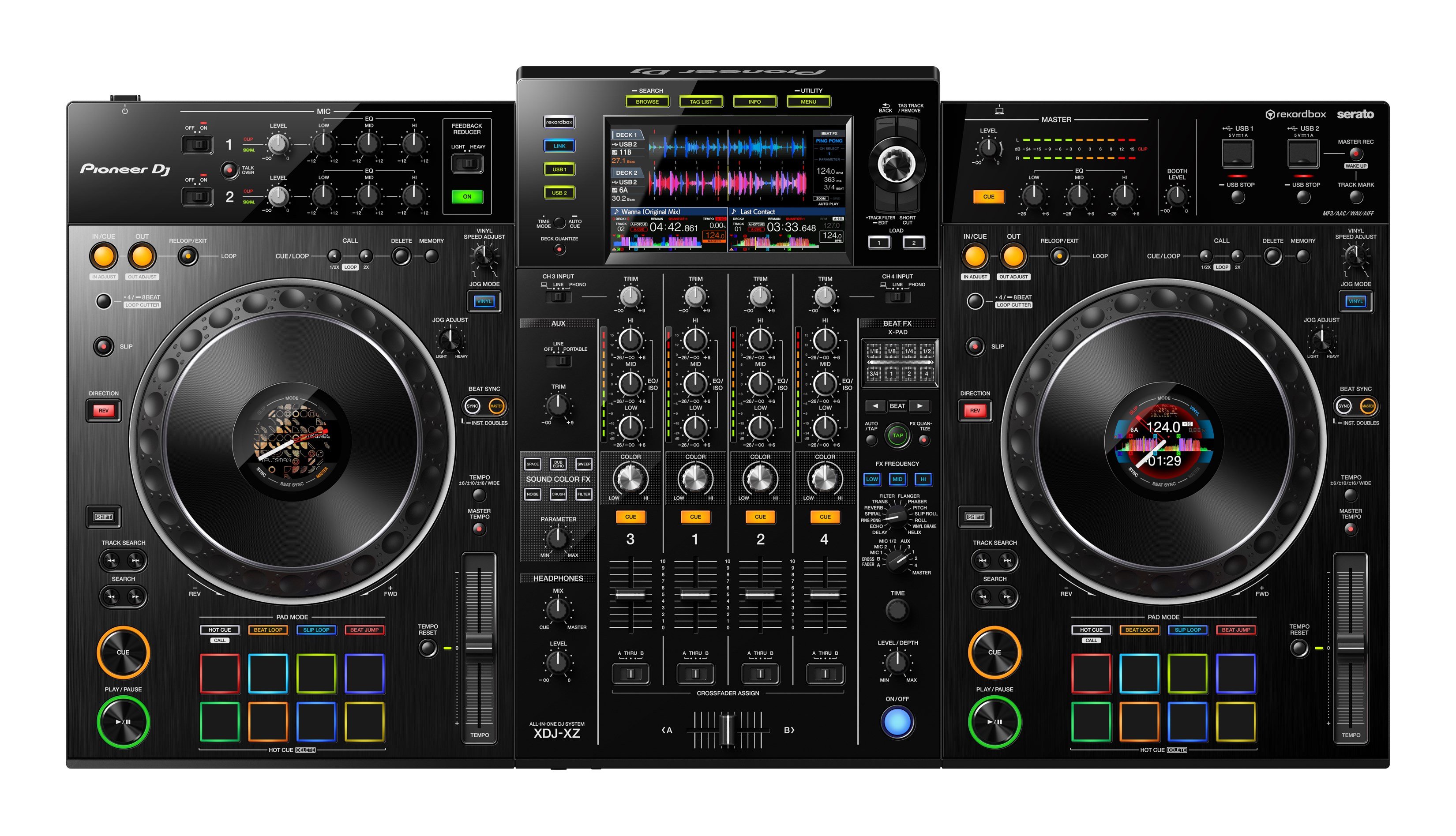
However, it’s not all bad news. You can connect CDJ’s via the link ports on the rear of the unit. It’s worth noting there are three link ports within the unit, meaning you can connect 2 CDJ’s straight to the unit with no external hub needed. This link functionality allows the onboard touch screen to browse the libraries and load tracks of connected USB’s. You can even sync the external decks with the internal ones via the pro link connection.
This functionality is a fantastic solution that allows users who might have older CDJ’s to utilise them rather than letting them collect dust. You can also use the XDJ-XZ as a four-channel controller for Rekordbox performance mode.
The Decks
The two decks on the XDJ-XZ are a real joy to use. Borrowing the full-sized mechanical jog wheels, complete with internal LCD screen, from the much loved DDJ-1000 series of controllers, the jog wheels feel identical to those found on flagship CDJ units. You can adjust the tension on the fly, and can also change the screens and LED lights in the settings. The overall size of the deck sections is generous, and a joy to navigate with dedicated loop and memory cue buttons also lifted straight from the CDJ players.
The only missing feature from the much more expensive standalone units seems to be the slip reverse paddle, with a simple reverse button taking its place. At the bottom of the decks are eight large RBG pads, these are near identical to those found on the XDJ-RX2 and feel superb. You can use them to control hot cues, beat loop, slip loop and beat jumps on the units internal USB connection. Secondary pad functions are available by pressing shift when using the unit with a laptop, but these haven’t been written down, probably due to Serato and Rekordbox supporting different modes.
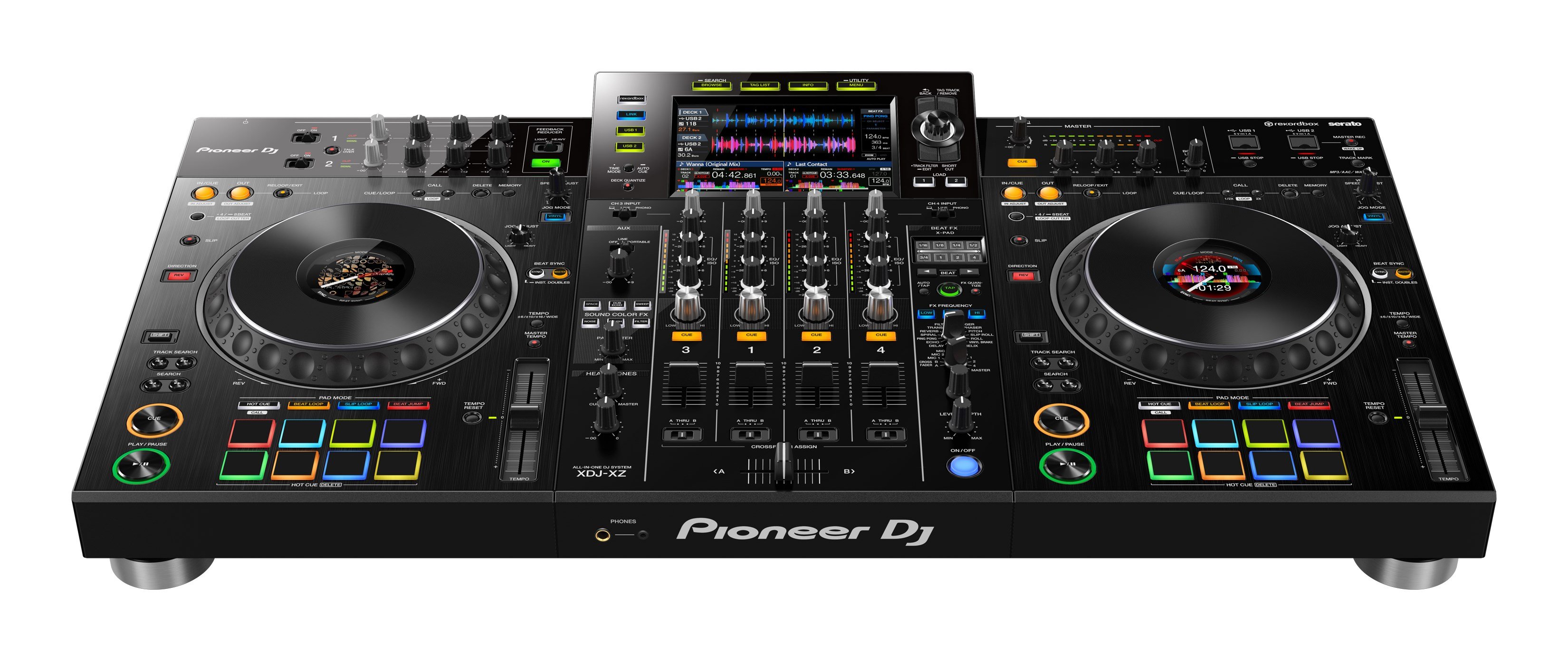
On-Air Displays
In what does feel like a missed opportunity, it’s worth discussing the on-air display of the inbuilt decks. Unlike the CDJ units that changed from white LED’s on the jog wheel to red when that channel is in use. The XDJ-XZ instead flashes a tiny red icon around the deck number on the screen, when that channel is on air.
The DDJ-1000 also stopped using the red LED’s which at the time of release seemed strange, but at least the internal screens displayed the change with a white glow at either side. The XDJ-XZ skipping both these solutions and instead uses the same tiny icons as the RX units. The RX units which had to do this due to hardware limitations (No jog wheel display or LED’s). It just feels rushed, not a significant flaw but something made glaringly obvious when you connect other CDJ’s to the unit.
The Mixer
The stand-out feature of this new unit has to be the full-sized, four-channel DJM style mixer, complete with standalone effects and X pad. Feeling identical to the class-leading DJM 900 Nexus 2, the XDJ-XZ adds two microphone channels complete with dedicated three-band EQ, dedicated clip light and all new anti-feedback controls.
This design is a brilliant move from Pioneer DJ who has been criticised before for weak sounding microphone inputs. Designed with professionals in mind, the three-band EQ found on the master channel allows DJ’s to control the outputs sound. DJ’s can now set the EQ to suit the sound system and mix away carefree about runaway frequencies.
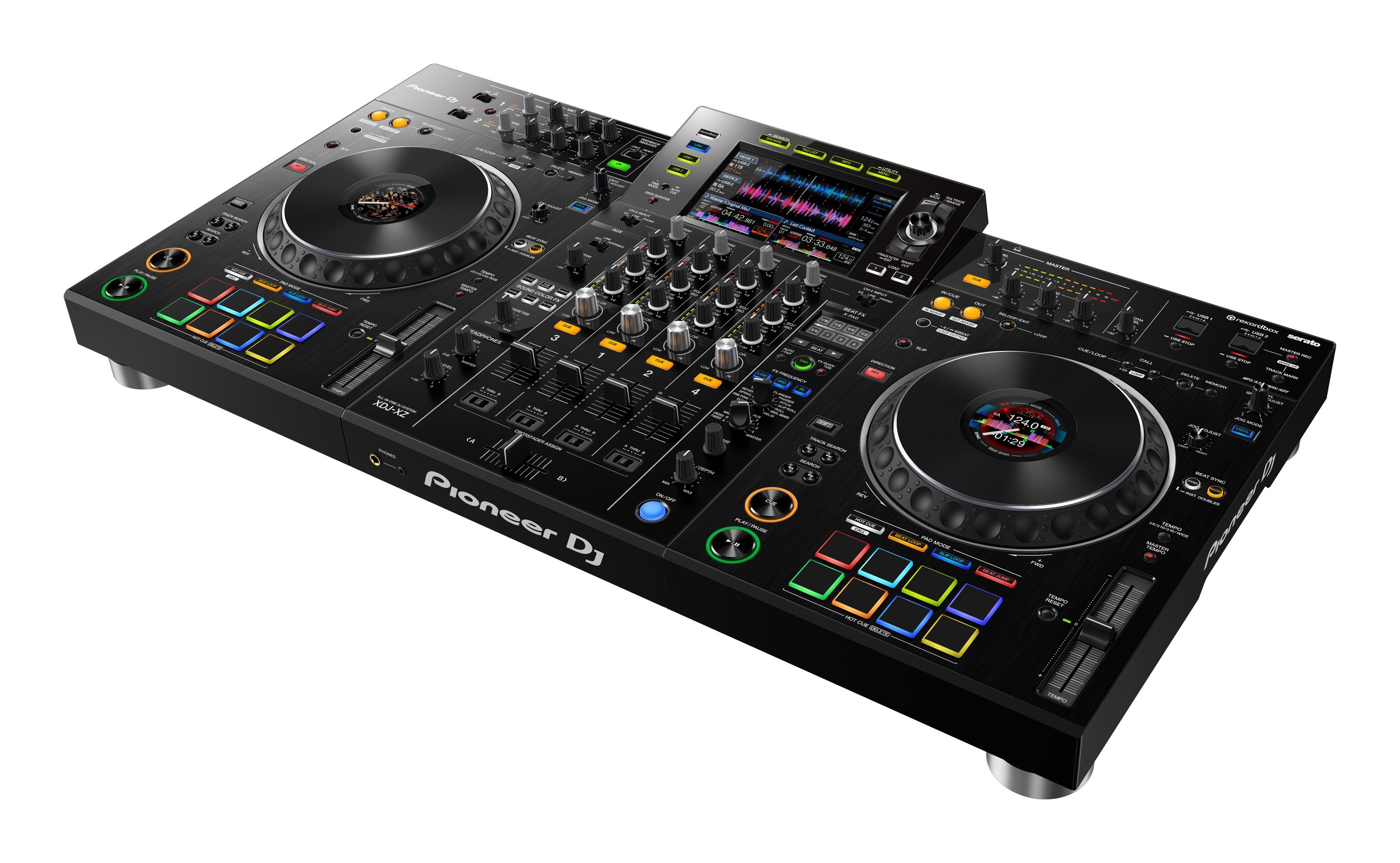
The mixer features five line inputs, two phono and one USB B for DJ software. All four channels can use line level inputs, but you can only use turntables on channels 3 and 4. The unit will allow DVS control through these channels should you wish to use it with Serato or Rekordbox. The internal player can only play through two channels sadly, which means channel 3 and 4 are left free unless you plug in external devices.
Finally, there is an AUX input on line level for external devices such as iPods. This only features a level control so no dedicated EQ’s, though you’d only use this if all four other channels were in use.
Effects
The effects unit features 14 professional Beat FX and six colour FX, taken straight from the flagship DJM900 Nexus 2 mixer. If you’ve used these before, you will know how great they sound. This quality is boosted by the addition of a three-band EQ and BPM quantisation when used with either the internal channels or linked CDJ’s. The X pad is a great addition and adds to that premium, professional-feeling. These features combined with its heavy chassis make the XDJ-XZ feel more at home with the Nexus 2 range than it does with the DDJ controllers and older XDJ units.
The Connectivity
The XDJ-XZ aims at bars, clubs and more professional settings. For this reason, the connectivity is up there with the best. Featuring a vast array of options for almost every DJ. Rekordbox users will be pleased to learn that they can use the two USB inputs for use with the internal decks or either the USB B port found on the rear or the extension LAN port for connecting a laptop. Rekordbox video users can open the video control mode by pressing menu while in the browser window. This shortcut allows quick access to the majority of essential video settings.

Connecting CDJ’s is a breeze with two dedicated link ports to avoid an external hub being necessary, and the XDJ-XZ will automatically update the player numbers so everything syncs correctly.
The XDJ-XZ also features a pair of unbalanced TRS send outputs. We were initially confused by this as there is no return for the use of external effects processing. However, these outputs connect the DJS1000 sampler, it’s advised that the output of the player plugs into the AUX input. Another nod to the professionals aimed at with this unit.
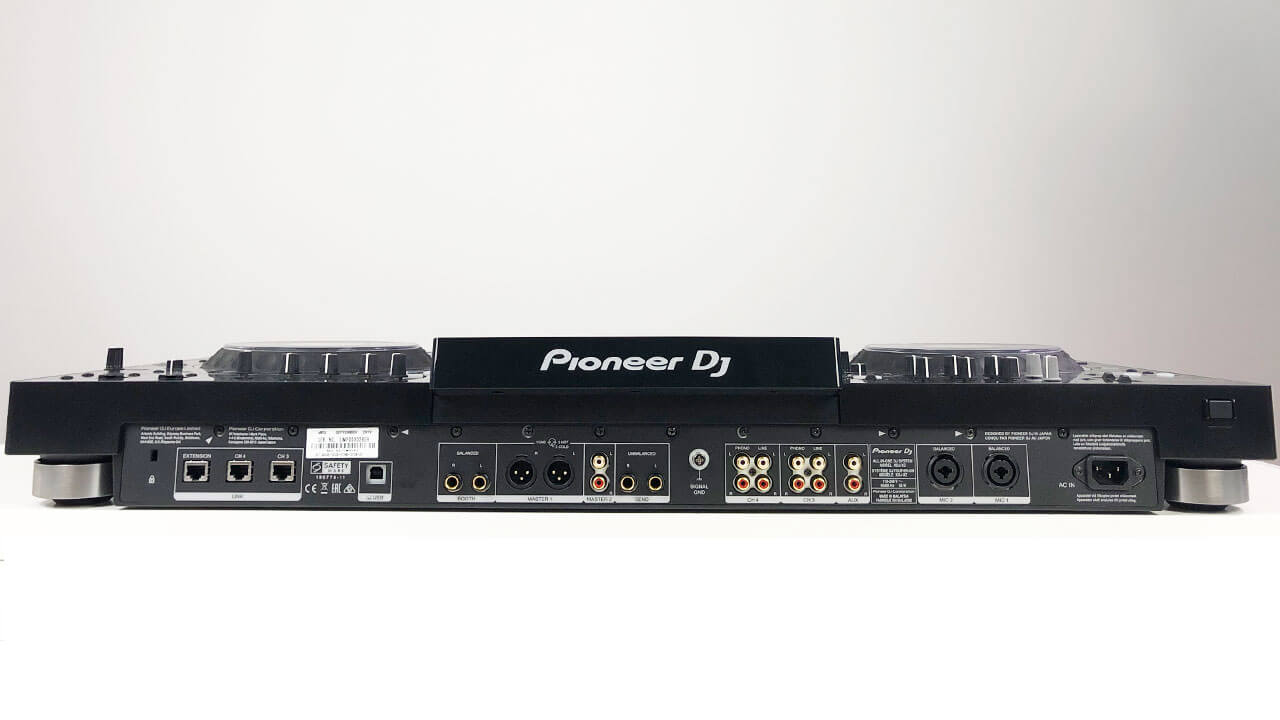
The only connectivity the XDJ-XZ is missing is a REC out. However, this really shouldn’t be a surprise as the unit can record directly to USB on the second USB A input, and even features a dedicated track marker button which is a nice touch when recording with external devices.
Serato
The XDJ XZ unlocks the Serato DJ Pro software for free and boasts four-deck control on superb full-sized CDJ mechanical jog wheels. Routing the audio through its DJM style mixer, you have access to the legendary Pioneer effect. Serato DJ also takes full control of the three onboard LCD screens, displaying essential track information inside the jog wheel displays much like the DDJ 1000 SRT controller.
The seven-inch main display browses your Serato DJ library and now even displays full-colour waveforms directly from Serato DJ. To learn more about using Serato with the Pioneer DJ XDJ-XZ, read our full guide and review here.
Final Thoughts
A true rival to the Denon Prime 4? A four-channel XDJ-RX2? A glimpse at the next CDJ units? Sadly this is none of those.
Think of the XDJ-XZ as more of a solution to the bars and clubs out there that can’t afford to install a full Nexus 2 set up, but also want more than the bedroom focused XDJ-RX2. We’ve seen the RX2 being used in more and more professional settings recently, but for the demanding professional DJs, it simply was never good enough. The inclusion of mechanical jog wheels, a full four-channel mixer and standalone effects are a must for most professional DJ’s.
The XDJ-XZ provides an affordable, professional package to venues that can expand the set up to include 3 or 4 decks at a later date should they need. It doesn’t matter if a DJ uses Serato, Rekordbox or USB’s to perform. The XDJ-XZ is ready and capable for all occasions. There’s no mistake; we would have liked to have seen more new technology in the unit. There simply isn’t anything new in the XDJ-XZ, the player is essentially an RX2 with DDJ-1000 jog wheels, and a 900 Nexus 2 mixer wedged into the middle of it. Denon DJ showed us almost two years ago what’s now possible, but Pioneer DJ are yet to retaliate directly.
Safe in the knowledge that DJ’s usually stick with what they know and trust, Pioneer DJ continue to dominate the professional market with less powerful hardware. Regardless, no matter how disappointed the home users might be, the professional market has been crying out for a solution just like this.
Price
With pricing starting at £1899, it’s also somewhat of a bargain! Especially when you consider the price of an equivalent DJM 900 Nexus 2 and two XDJ1000 players. In summary, it’s not quite the product we were hoping for, but it’s a fantastic product that will be undoubtedly successful. Expect to see one in a DJ booth near you sometime soon!

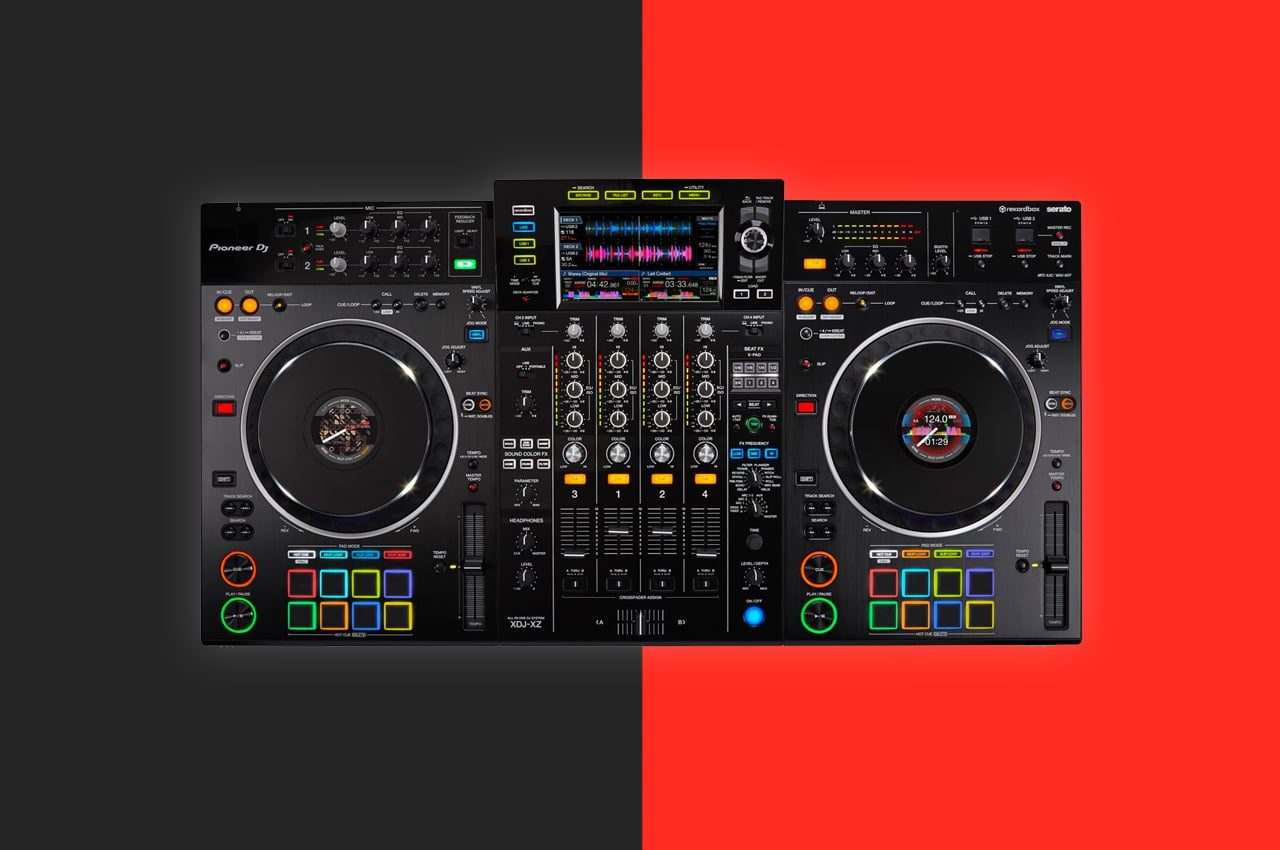
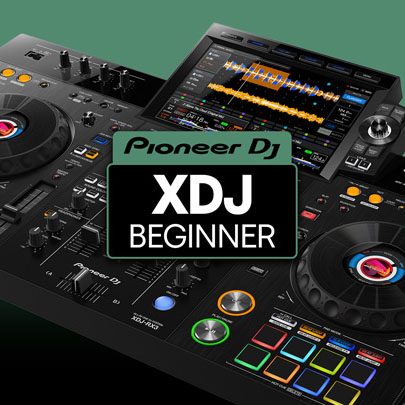
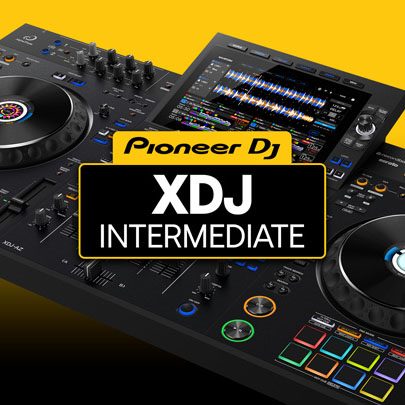
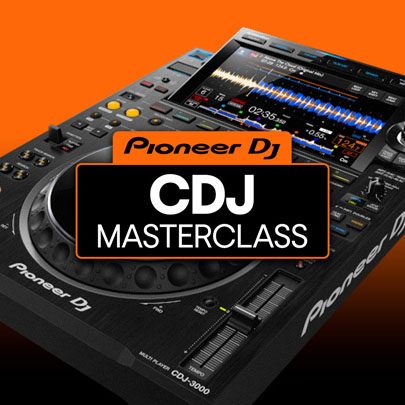

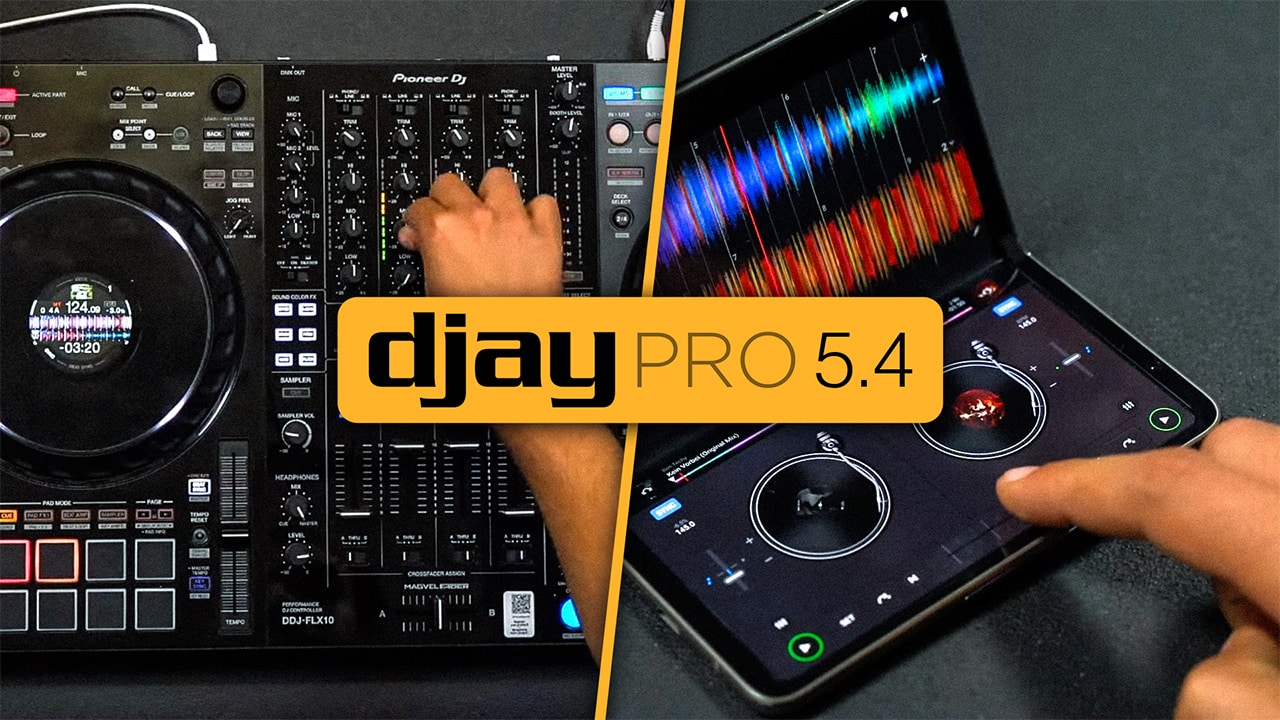

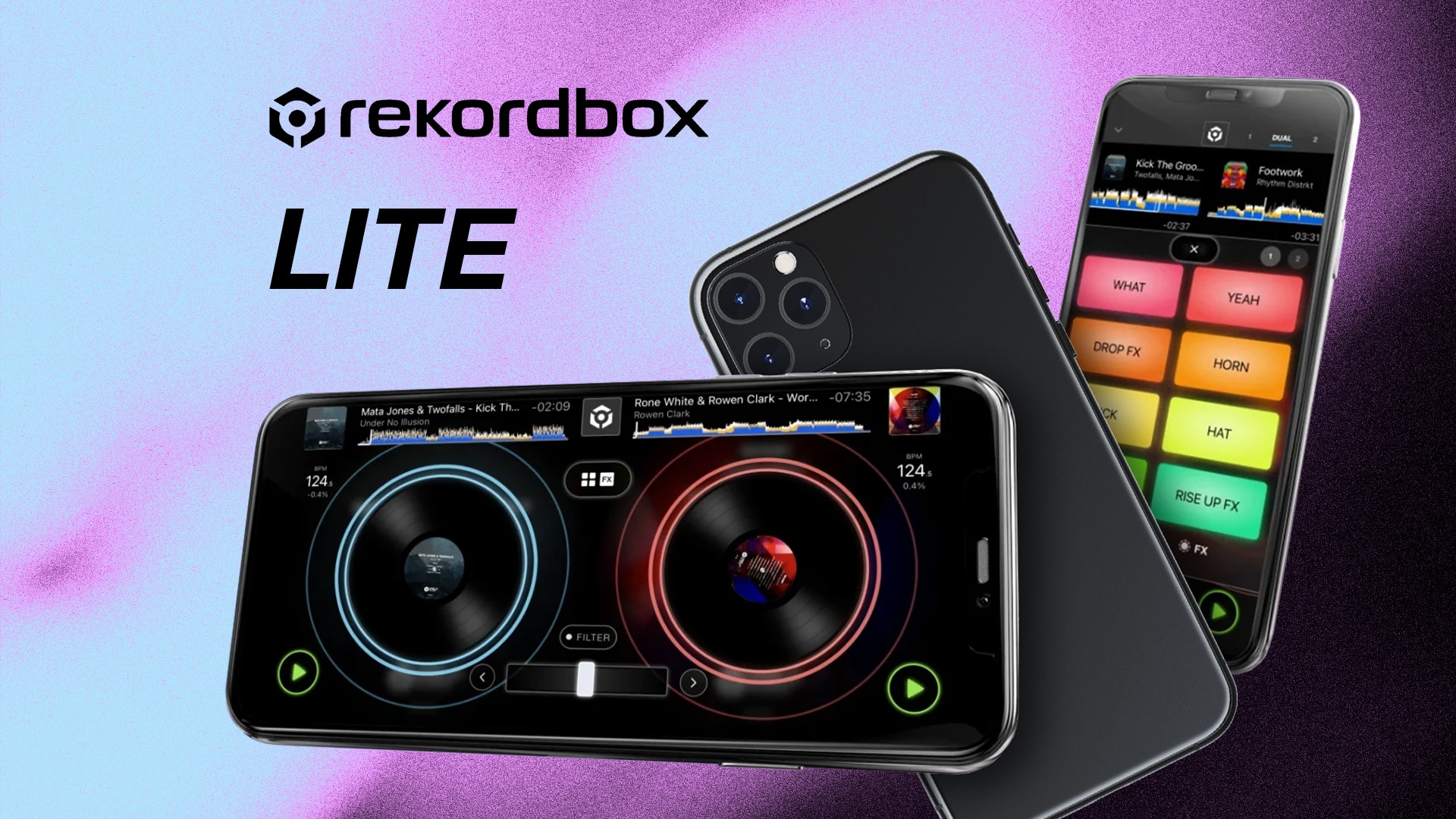

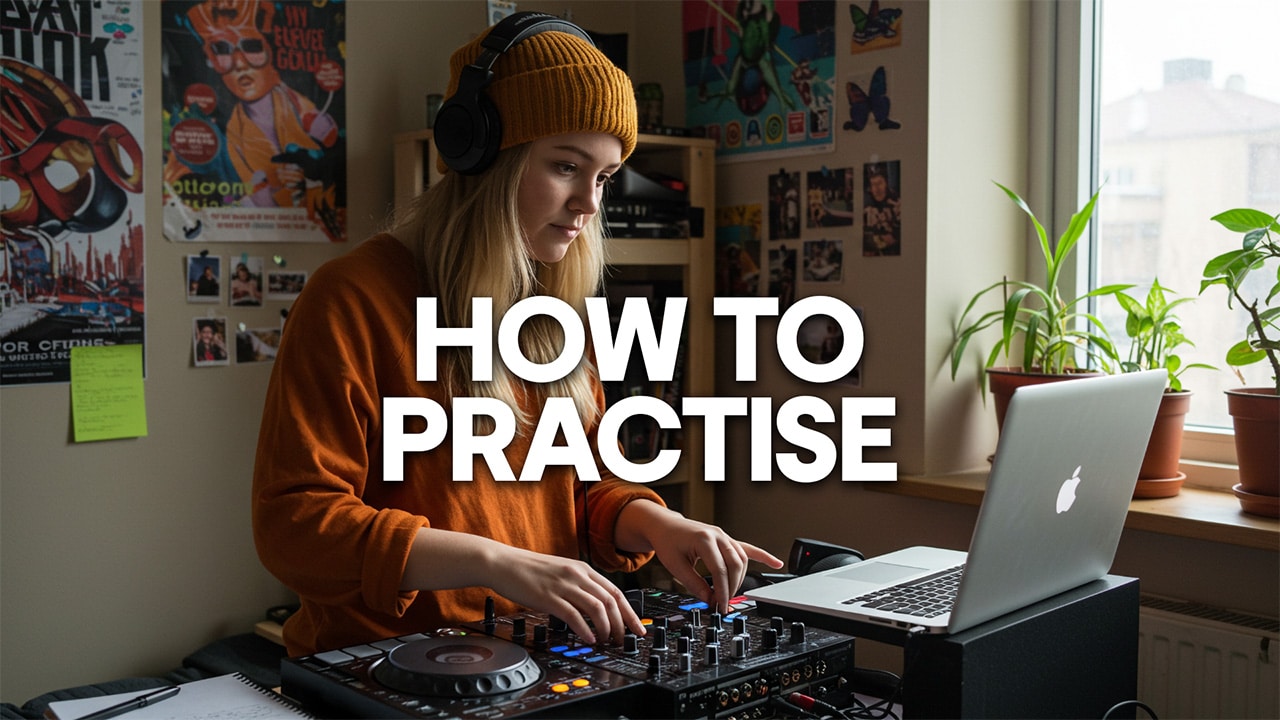
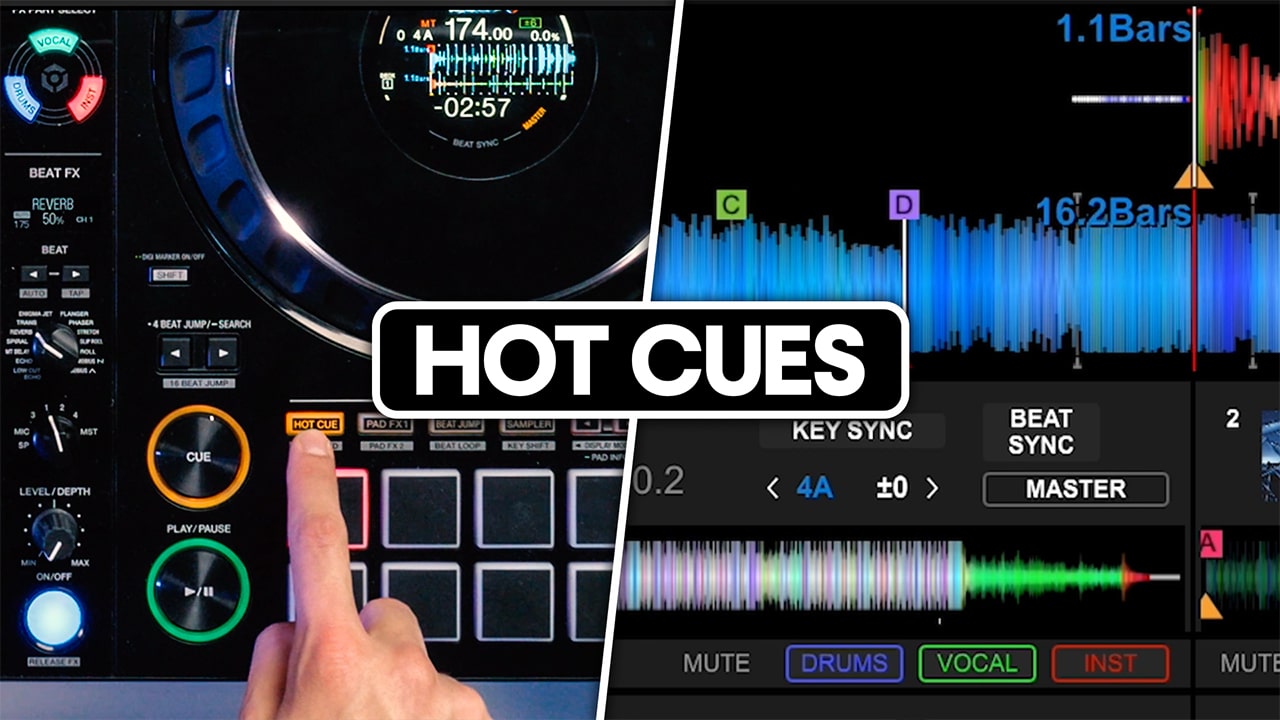
Hello Jamie,
Could you help me with configuration of my XDJ-XZ with XDJ-1000MK2? I use that one external player as a third deck. I connected audio via Line input and communication via Link port. All seems to work fine except of the fact that I’m unable to preview a third deck on my XDJ-XZ. From Shortcut menu I have only access to decks 1 and 2. However, on 1000MK2 I’m able to preview a track being played on my XDJ-XZ. Could you advise me how to sort this out?…
I think you need to contact Pioneer DJ about this as we don’t have a unit to test this issue with. Sounds like you have everything connected properly though